Home>Articles>How To Cook Spaghetti In My Electric Pressure Cooker
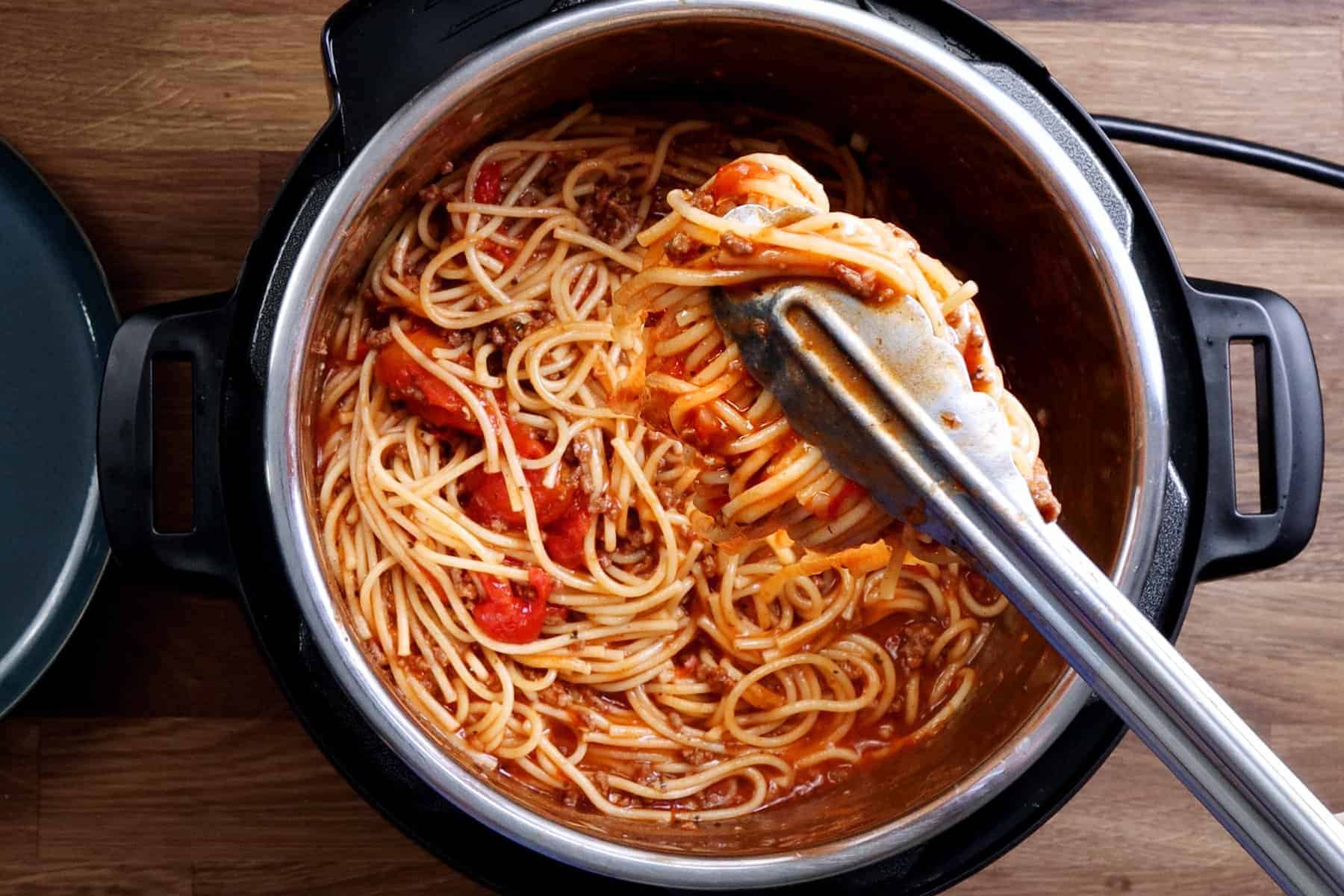

Articles
How To Cook Spaghetti In My Electric Pressure Cooker
Modified: August 18, 2024
Learn how to cook spaghetti in your electric pressure cooker with these helpful articles. Discover time-saving tips and delicious recipes to make your next meal a success.
(Many of the links in this article redirect to a specific reviewed product. Your purchase of these products through affiliate links helps to generate commission for Storables.com, at no extra cost. Learn more)
Introduction
Are you a pasta lover who is short on time but still wants to enjoy a delicious plate of spaghetti? Look no further than your trusty electric pressure cooker. Cooking spaghetti in an electric pressure cooker is a time-saving and convenient technique that allows you to prepare a satisfying and flavorful meal in no time. In this article, we will explore the benefits of using an electric pressure cooker for cooking spaghetti, provide step-by-step instructions, and offer some tips and tricks for perfect results every time.
Electric pressure cookers have gained popularity in recent years due to their ability to cook food quickly and evenly. They work by creating a sealed, pressurized environment that allows food to cook at a higher temperature than traditional cooking methods. This results in faster cooking times and enhanced flavor. When it comes to spaghetti, using an electric pressure cooker can significantly reduce the cooking time, making it a perfect option for busy individuals or families.
One of the key advantages of cooking spaghetti in an electric pressure cooker is the convenience it offers. Unlike stovetop cooking, you don’t need to constantly monitor the pot or worry about the pasta boiling over. Once you set the cooking time and pressure level, you can simply walk away and let the pressure cooker do its magic. This frees up your time to focus on other tasks or simply relax, knowing that a delicious meal is being prepared effortlessly in the kitchen.
Another benefit of using an electric pressure cooker for spaghetti is the consistent and even cooking it provides. The sealed environment ensures that the pasta cooks uniformly, with no risk of some pieces being undercooked while others are overcooked. This means that you can always expect perfectly al dente spaghetti that is cooked to perfection.
Furthermore, cooking spaghetti in an electric pressure cooker requires less water compared to traditional stovetop cooking. The pressure cooker retains the steam and moisture, resulting in a more flavorful and concentrated sauce. This means that your spaghetti will not only be faster to cook but also more delicious.
Next, we will delve into the factors to consider when choosing the right spaghetti for pressure cooking, followed by a step-by-step guide on how to cook spaghetti in your electric pressure cooker.
Key Takeaways:
- Cooking spaghetti in an electric pressure cooker offers time-saving convenience, consistent results, and intensified flavors. With proper preparation and ingredient selection, you can achieve perfectly cooked spaghetti in no time.
- Experiment with different sauces, seasonings, and toppings to create unique and delicious spaghetti dishes tailored to your preferences. Properly clean and maintain your electric pressure cooker to ensure its longevity and optimal performance.
Benefits of Cooking Spaghetti in an Electric Pressure Cooker
Cooking spaghetti in an electric pressure cooker offers a multitude of benefits that make it a popular choice for busy individuals or those seeking a quick and convenient cooking method. Here are some of the key benefits:
- Time-saving: One of the major advantages of using an electric pressure cooker for cooking spaghetti is the significant reduction in cooking time. Traditional stovetop methods can take upwards of 10-12 minutes to cook the pasta, while an electric pressure cooker can cut that time in half or even more. This allows you to have a delicious plate of spaghetti on the table in a fraction of the time.
- Convenience: Cooking spaghetti in an electric pressure cooker is incredibly convenient. Once you set the cooking time and pressure level, you can simply set it and forget it. No more standing over a boiling pot, continually stirring and monitoring. With an electric pressure cooker, you can go about your other tasks or relax while your spaghetti cooks to perfection.
- Uniform and Even Cooking: The sealed environment of the electric pressure cooker ensures that the spaghetti cooks evenly and uniformly. There are no hot spots or uneven heat distribution, which can often lead to some strands being overcooked while others are undercooked. With an electric pressure cooker, you can expect consistent and perfectly cooked spaghetti every time.
- Intensified Flavor: Cooking spaghetti in an electric pressure cooker allows the flavors to become more concentrated and intense. The sealed environment traps the steam and moisture, resulting in a richer and more flavorful sauce. This means that your spaghetti will have a depth of flavor that simply can’t be achieved with traditional stovetop cooking.
- Energy Efficiency: Electric pressure cookers are more energy-efficient compared to stovetop cooking. They utilize less energy and heat up quickly, allowing you to cook your spaghetti in a shorter amount of time. This not only saves you time but also reduces your energy consumption.
- Ease of Cleanup: With an electric pressure cooker, you only need to clean one pot instead of multiple pots and strainers used in traditional stovetop cooking. This makes cleanup a breeze and saves you time and effort in the kitchen.
These benefits make cooking spaghetti in an electric pressure cooker an attractive option for anyone looking to prepare a delicious and satisfying meal in a fraction of the time. So, let’s move on to the next step – choosing the right spaghetti for pressure cooking.
Choosing the Right Spaghetti for Pressure Cooking
When it comes to choosing the right spaghetti for pressure cooking, there are a few factors to consider to ensure optimal results. Here are some tips to help you select the perfect spaghetti:
- Pasta Shape: While most pasta shapes can be cooked in an electric pressure cooker, certain shapes may work better than others. Spaghetti, linguine, fettuccine, and other long, thin pasta strands are ideal for pressure cooking as they tend to cook more evenly. However, if you prefer other pasta shapes like penne or shells, feel free to experiment and adjust the cooking time accordingly.
- Durum Wheat: Look for spaghetti made from durum wheat. Durum wheat is known for its high protein content and excellent cooking properties. It holds up well during pressure cooking and maintains its shape and texture.
- Whole Grain or White: Decide whether you want to use whole grain or white spaghetti. Whole grain spaghetti is a healthier option as it is higher in fiber and nutrients. However, it may take longer to cook in the pressure cooker. If you prefer white spaghetti, opt for a high-quality brand that cooks evenly and doesn’t break easily.
- Thickness: Consider the thickness or thickness level of the spaghetti. Thicker spaghetti may require slightly longer cooking times, while thinner spaghetti may cook more quickly. Read the package instructions for recommended cooking times and adjust accordingly for pressure cooking.
- Quality Brand: Choose a reputable and quality brand of spaghetti. Cheaper brands may not hold up as well under pressure and may become mushy or break apart. Investing in a good quality brand ensures that your spaghetti will cook evenly and maintain its texture.
It’s worth noting that cooking times may vary depending on the brand and type of spaghetti you choose. Always refer to the package instructions and make adjustments based on your preferences and the desired level of doneness.
Now that you have chosen the perfect spaghetti, let’s move on to preparing the ingredients for pressure cooking.
Preparing the Ingredients
Before you start cooking spaghetti in your electric pressure cooker, it’s essential to properly prepare the ingredients. Here are the steps to follow:
- Measure the Spaghetti: Begin by measuring the desired amount of spaghetti based on the number of servings you’d like to make. Typically, 2 ounces (56 grams) per person is a good portion size.
- Break the Spaghetti: Unless you’re using a large enough pressure cooker, it is crucial to break the spaghetti in half before cooking. This helps ensure that the spaghetti fits comfortably inside the pot without sticking out.
- Prep the Sauce: If you’re making a sauce from scratch, prepare it while the spaghetti cooks in the pressure cooker. This could include sautéing onions and garlic, browning ground meat, or simmering a tomato-based sauce. If you’re using a pre-made sauce, have it ready and set aside.
- Chop and Prepare Other Ingredients: If you’d like to add any additional ingredients to your spaghetti, such as vegetables, herbs, or cheese, it’s best to chop and prepare them before cooking. This way, everything will be ready to add to the cooked spaghetti without any delays.
- Have Water Ready: Fill your electric pressure cooker with the appropriate amount of water, according to the cooker’s instructions. The general rule of thumb is to use around 3-4 cups of water for every 8 ounces of spaghetti.
Once you have prepared all the ingredients, it’s time to start cooking the spaghetti in your electric pressure cooker. Follow the step-by-step instructions that we will cover in the next section.
Remember that the beauty of cooking spaghetti in an electric pressure cooker is its simplicity and convenience. By preparing the ingredients beforehand, you can easily achieve a delicious and satisfying spaghetti meal in no time. Now, let’s move on to the step-by-step instructions for cooking spaghetti in an electric pressure cooker.
Step-by-step Instructions for Cooking Spaghetti in an Electric Pressure Cooker
Cooking spaghetti in an electric pressure cooker is a straightforward process that requires minimal effort. Here’s a step-by-step guide to help you achieve perfectly cooked spaghetti:
- Add Water: Begin by pouring the appropriate amount of water into the electric pressure cooker. The general rule of thumb is to use around 3-4 cups of water for every 8 ounces of spaghetti.
- Break Spaghetti: Break the spaghetti strands in half and add them to the pressure cooker. Make sure they are fully submerged in the water and not sticking out above the surface.
- Seasoning: If desired, add salt and any other seasonings to the water. This will help flavor the spaghetti as it cooks. Be cautious with the amount of salt added, as the flavors will concentrate during pressure cooking.
- Cooking Time: Set the cooking time according to the package instructions or your preference. A general guideline is to cook the spaghetti on high pressure for half of the suggested stovetop cooking time. For example, if the stovetop cooking time is 10 minutes, set the pressure cooker for 5 minutes.
- Close and Seal: Securely close the lid of the pressure cooker and make sure it is properly sealed. Follow the manufacturer’s instructions for locking the lid and setting the pressure level.
- Cooking Process: Start the cooking process by selecting the appropriate setting for your electric pressure cooker, such as “Manual” or “Pressure Cook.” The cooker will take some time to build up pressure before the cooking time starts counting down.
- Cooking Time: Once the cooking time is complete, the electric pressure cooker will beep or show a notification. Carefully release the pressure using a quick release method or natural release method, depending on your preference (more on this in the next section).
- Drain Spaghetti: After releasing the pressure, carefully open the lid of the pressure cooker. Using tongs or a pasta fork, remove the cooked spaghetti from the water and drain it in a colander. Rinse the spaghetti briefly under cool water to stop the cooking process (optional).
- Combine with Sauce: Return the drained spaghetti to the pressure cooker pot or a serving dish, and add your desired sauce. Mix the sauce with the spaghetti until it is evenly coated.
- Serve and Enjoy: Plate the spaghetti in bowls or on plates, and garnish with additional toppings or grated cheese if desired. Serve immediately and enjoy!
By following these simple steps, you can enjoy delicious and perfectly cooked spaghetti in no time. Now, let’s discuss the different methods of releasing the pressure from the electric pressure cooker.
Add a tablespoon of olive oil to the water before cooking the spaghetti in the electric pressure cooker to prevent it from sticking together.
Quick Release vs Natural Release: Which is Better?
When cooking spaghetti in an electric pressure cooker, you have two options for releasing the pressure: quick release and natural release. Both methods have their benefits, and the choice depends on your preference and the recipe you’re cooking. Let’s take a closer look at each method:
- Quick Release: Quick release involves manually releasing the pressure from the electric pressure cooker using the pressure release valve. This method allows you to rapidly release the pressure and stop the cooking process almost instantly. To perform a quick release, carefully turn the pressure release valve from the “sealing” to the “venting” position. The steam will quickly escape from the cooker, so be cautious and use a towel or long kitchen utensil to protect your hands from the hot steam. Quick release is generally ideal for pasta dishes like spaghetti when you want to prevent the pasta from overcooking or becoming too soft.
- Natural Release: Natural release, also known as natural pressure release, involves allowing the pressure to slowly release naturally over time. After the cooking time is completed, you don’t do anything to the pressure cooker and allow it to cool down on its own. Depending on the recipe and the pressure cooker, this can take anywhere from about 10 to 20 minutes or even longer. Natural release is beneficial for dishes that require additional cooking time, like certain meat or poultry recipes. It allows the food to continue cooking under the remaining pressure, resulting in tender and flavorful results. For spaghetti, natural release can help the flavors to meld together and the sauce to thicken slightly.
So, which method is better? The answer depends on your specific needs and the desired outcome of your spaghetti dish. If you’re looking for a quick and immediate release of pressure to stop the cooking process, quick release is the way to go. On the other hand, if you prefer a longer cooking time and want the flavors to meld together, natural release is the preferred option.
It’s important to note that certain recipes may recommend a combination of both methods. For example, you may cook the spaghetti under high pressure for the specified cooking time, then use a quick release to stop the cooking process and prevent the pasta from overcooking. Whatever method you choose, always follow the recipe instructions and consider the specific needs of your dish.
Now that you’ve released the pressure from your electric pressure cooker, it’s time to add your desired sauce and additional toppings to your cooked spaghetti.
Adding Sauce and Additional Toppings
Now that your spaghetti is perfectly cooked in the electric pressure cooker, it’s time to add some delicious sauce and additional toppings to enhance the flavor and presentation. Here’s how to go about it:
- Choose Your Sauce: Start by selecting your preferred sauce for the spaghetti. You can use a pre-made sauce from a jar or create your own homemade sauce using fresh ingredients. Popular options include tomato-based marinara sauce, creamy Alfredo sauce, or a rich and savory meat sauce.
- Heat the Sauce: If using a pre-made sauce, heat it in a separate saucepan over medium heat until it’s warmed through. For homemade sauces, carefully reheat them in a saucepan, stirring occasionally, to ensure they’re piping hot when adding them to the spaghetti.
- Add the Sauce: Pour the heated sauce over the cooked spaghetti in the electric pressure cooker or in a serving dish. Use tongs or a pasta fork to toss the spaghetti and coat it evenly with the sauce. Make sure the spaghetti is well-coated to ensure each bite is flavorful and delicious.
- Taste and Season: Before serving, taste the spaghetti to check the seasoning. Add a pinch of salt, black pepper, or any desired herbs and spices to enhance the flavor of the dish. Adjust the seasoning according to your preference, keeping in mind that the sauce may already have some seasoning.
- Additional Toppings: To take your spaghetti to the next level, consider adding some additional toppings. Popular options include a sprinkle of grated Parmesan cheese, fresh basil leaves, crushed red pepper flakes for a touch of heat, or a drizzle of extra virgin olive oil. You can also add cooked meatballs, sautéed vegetables, or chopped fresh tomatoes for added texture and flavor.
- Mix and Serve: Once you’ve added the sauce and any additional toppings, gently toss the spaghetti to incorporate all the ingredients. This ensures that every strand is coated in the delicious sauce and toppings. Serve the spaghetti immediately while it’s still hot and garnish with any extra toppings for a beautiful presentation.
Adding the sauce and additional toppings to your cooked spaghetti elevates the flavors and creates a mouthwatering and visually appealing dish. The options are endless, so feel free to get creative and customize the spaghetti to your liking.
Now that you have a plate of delicious spaghetti ready to enjoy, let’s explore some tips and tricks to ensure perfect spaghetti in the electric pressure cooker every time.
Tips and Tricks for Perfect Spaghetti in an Electric Pressure Cooker
Cooking spaghetti in an electric pressure cooker can be a breeze with a few handy tips and tricks. Here are some expert suggestions to ensure perfect results every time:
- Use the Minimum Amount of Water: Electric pressure cookers require less water than traditional stovetop cooking. Use the minimum amount of water specified in the recipe or the manufacturer’s guidelines to prevent your spaghetti from becoming too watery.
- Break the Spaghetti in Half: Unless you’re using a larger electric pressure cooker, breaking the spaghetti strands in half before cooking ensures they fit comfortably inside the pot and cook evenly.
- Stir and Separate the Spaghetti: Before starting the cooking process, stir the spaghetti in the water to separate the strands and prevent them from sticking together during cooking.
- Avoid Overcooking: Keep a close eye on the cooking time, as spaghetti can quickly become overcooked in an electric pressure cooker. Start with the recommended time and adjust as needed based on your preference for doneness.
- Rinse the Spaghetti under Cool Water: If you’re not planning to serve the cooked spaghetti immediately, rinsing it briefly under cool water can help stop the cooking process and prevent it from becoming mushy. However, this step is optional and depends on personal preference.
- Experiment with Flavors: Don’t be afraid to experiment with different herbs, spices, and seasonings to add a burst of flavor to your spaghetti. Try adding dried oregano, garlic powder, or chili flakes for an extra kick.
- Let the Flavors Develop: After adding the sauce and toppings, consider letting the spaghetti rest for a few minutes before serving. This allows the flavors to meld together and enhances the overall taste.
- Use High-Quality Ingredients: The quality of the ingredients you use significantly impacts the taste of your spaghetti. Opt for high-quality pasta, fresh herbs, and flavorful sauces to elevate your dish.
- Get Creative with Toppings: Don’t be afraid to get creative and experiment with different toppings. Whether it’s grated cheese, fresh herbs, or a drizzle of olive oil, toppings can add an extra layer of flavor and visual appeal to your spaghetti.
- Follow the Manufacturer’s Instructions: Always refer to the specific guidelines provided by the manufacturer of your electric pressure cooker. This ensures proper usage and safety while using the appliance.
By keeping these tips and tricks in mind, you’ll be well on your way to preparing perfect spaghetti in your electric pressure cooker. Remember, practice makes perfect, so don’t be discouraged if your first attempt isn’t flawless. With a little experience, you’ll master the art of cooking spaghetti to perfection.
Now that you know how to make delicious spaghetti in an electric pressure cooker, let’s move on to the cleaning and maintenance of your appliance.
Cleaning and Maintenance of Your Electric Pressure Cooker
Proper cleaning and maintenance of your electric pressure cooker ensure its longevity and optimal performance. Here are some essential steps to follow:
- Unplug and Cool Down: Before starting the cleaning process, make sure the electric pressure cooker is unplugged and has completely cooled down. Never attempt to clean it while it’s still hot.
- Clean the Removable Parts: Remove the inner pot, sealing ring, and any other removable parts. Wash them in warm, soapy water, using a sponge or soft cloth. Rinse thoroughly and dry before reassembling.
- Inspect and Clean the Sealing Ring: Check the sealing ring for any food residue or debris that may have accumulated. Clean it using a mild detergent and a soft-bristled brush or sponge. Rinse it thoroughly and ensure it’s completely dry before placing it back into the lid.
- Wipe the Lid and Housing: With a damp cloth or sponge, wipe the lid and housing of the electric pressure cooker to remove any food splatters or stains. Use a mild detergent if necessary. Pay attention to the areas around the pressure release valve and the steam vent.
- Clean the Pressure Release Valve and Vent: Use a small brush or toothbrush to clean any buildup or residue that may be clogging the pressure release valve or vent. Ensure they are free from any obstructions to maintain proper functioning.
- Descale if Needed: If you notice mineral deposits or scaling on the bottom of the inner pot or other parts, descale them using a mixture of equal parts water and white vinegar. Allow the solution to sit for a few minutes, then scrub gently with a non-abrasive brush. Rinse thoroughly.
- Reassemble and Store: Once all the parts are clean and dry, reassemble the electric pressure cooker. Make sure the sealing ring is properly positioned and that all parts are securely in place. Store the electric pressure cooker in a clean and dry space, ready for your next use.
- Routine Maintenance: Regularly check the gasket and other components for wear and tear. Replace any damaged or worn-out parts promptly to maintain the safety and effectiveness of your electric pressure cooker. Follow the manufacturer’s instructions regarding maintenance and replacement intervals for specific parts.
- Read the User Manual: Familiarize yourself with the specific cleaning and maintenance instructions provided by the manufacturer. Every electric pressure cooker may have different requirements and recommendations.
By following these cleaning and maintenance guidelines, you can ensure that your electric pressure cooker remains in top condition, providing you with many delicious meals for years to come.
With your electric pressure cooker cleaned and maintained, you’re now ready to cook spaghetti and explore all the delightful recipes you can create with this versatile appliance.
Now that we’ve covered the essential aspects of cleaning and maintenance, let’s wrap up this article.
Read more: How To Test Electric Pressure Cooker
Conclusion
Cooking spaghetti in an electric pressure cooker offers a multitude of benefits, including time-saving convenience, consistent cooking results, and intensified flavors. With the right spaghetti selection, proper ingredient preparation, and following step-by-step instructions, you can achieve perfectly cooked spaghetti in no time.
In this article, we explored the benefits of using an electric pressure cooker for cooking spaghetti, discussed the factors to consider when choosing spaghetti for pressure cooking, and provided step-by-step instructions for cooking spaghetti in an electric pressure cooker. We also highlighted the differences between quick release and natural release methods and offered tips and tricks for achieving perfect results each time.
Remember to experiment with different sauces, seasonings, and toppings to create unique and delicious spaghetti dishes tailored to your preferences. And don’t forget to properly clean and maintain your electric pressure cooker to ensure its longevity and optimal performance.
Whether you’re a busy individual craving a quick and flavorful meal or a pasta enthusiast looking for a convenient cooking method, using an electric pressure cooker to cook spaghetti is a game-changer. The speed, consistency, and convenience offered by these appliances make them a valuable addition to any kitchen.
So why wait? Grab your electric pressure cooker, choose your favorite spaghetti, and start enjoying delicious and perfectly cooked meals right at home. Whether it’s a simple marinara or a gourmet meat sauce, there’s no limit to the creative possibilities and delightful flavors you can achieve with spaghetti in an electric pressure cooker.
Now, go forth and embrace the world of pressure-cooked spaghetti!
Frequently Asked Questions about How To Cook Spaghetti In My Electric Pressure Cooker
Was this page helpful?
At Storables.com, we guarantee accurate and reliable information. Our content, validated by Expert Board Contributors, is crafted following stringent Editorial Policies. We're committed to providing you with well-researched, expert-backed insights for all your informational needs.
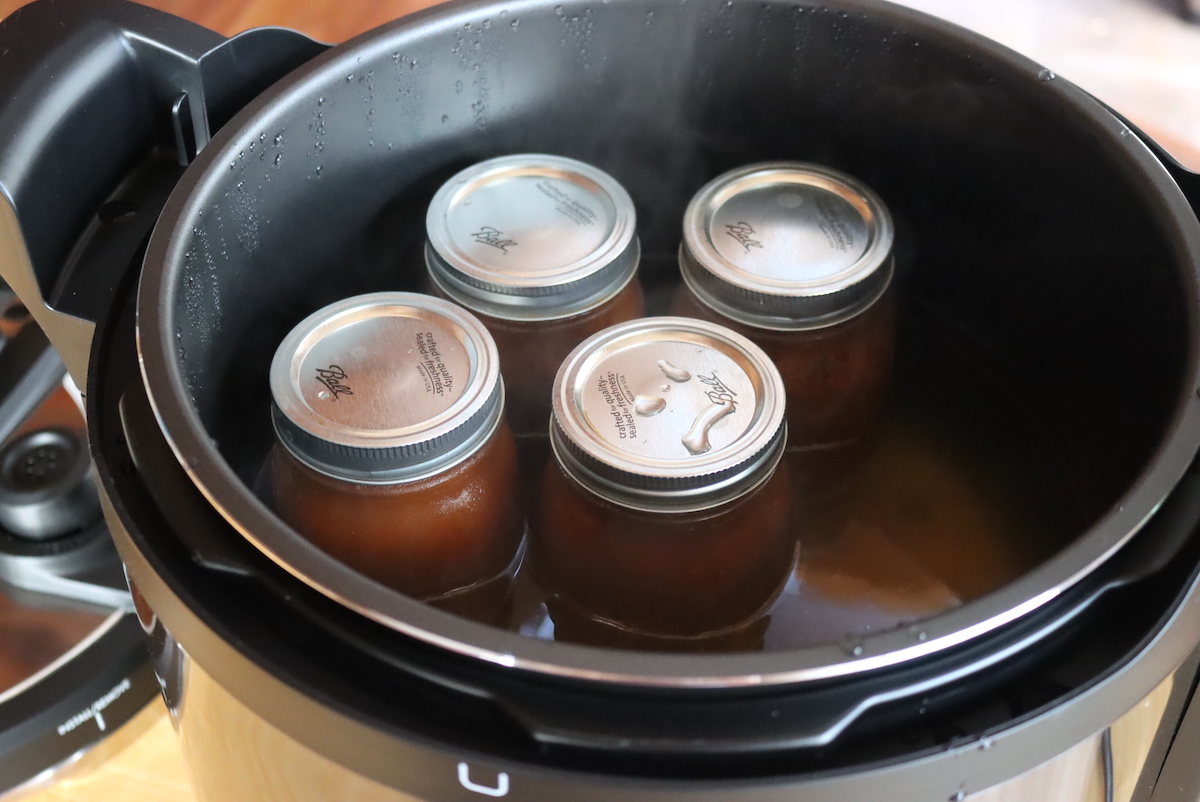
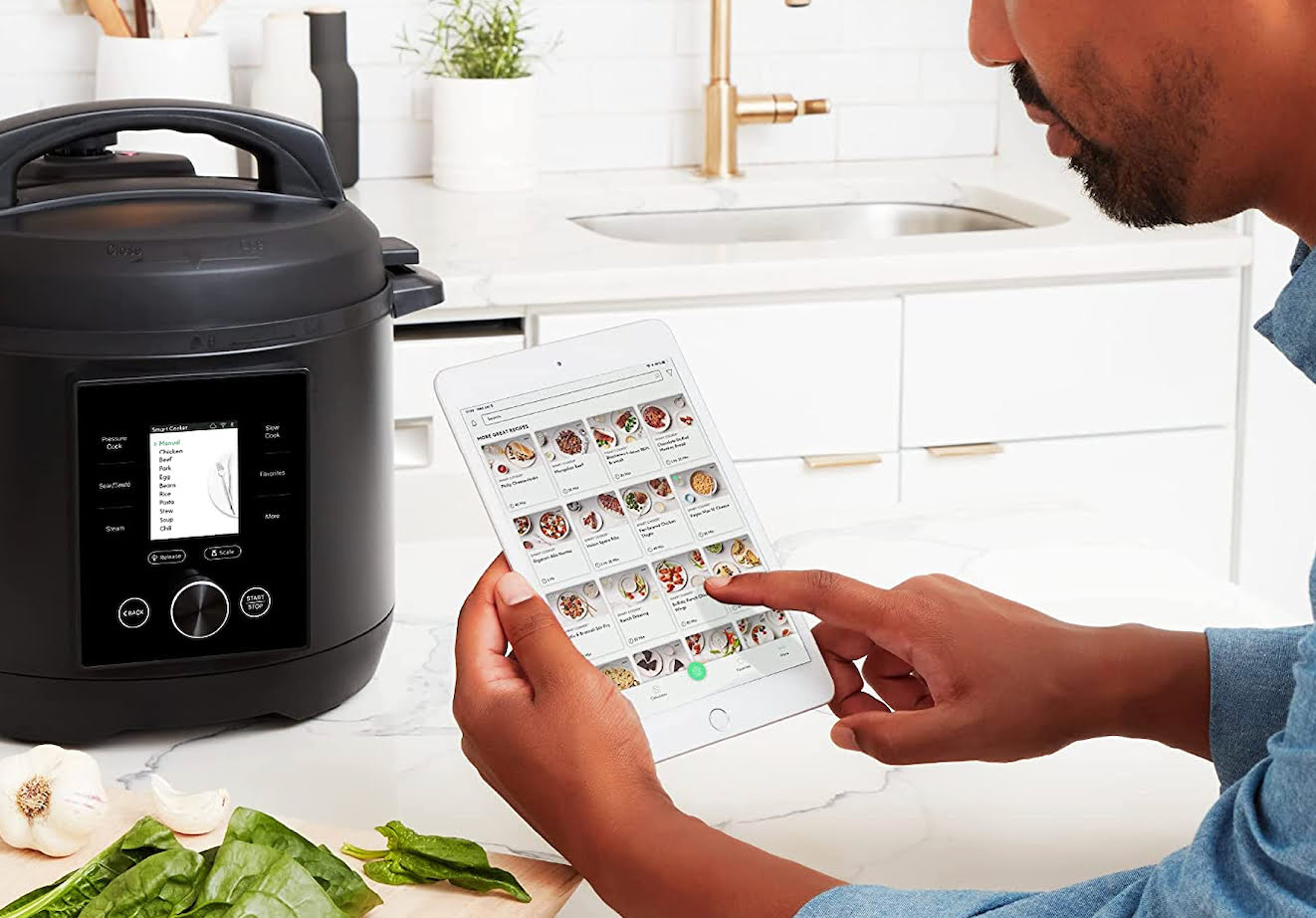
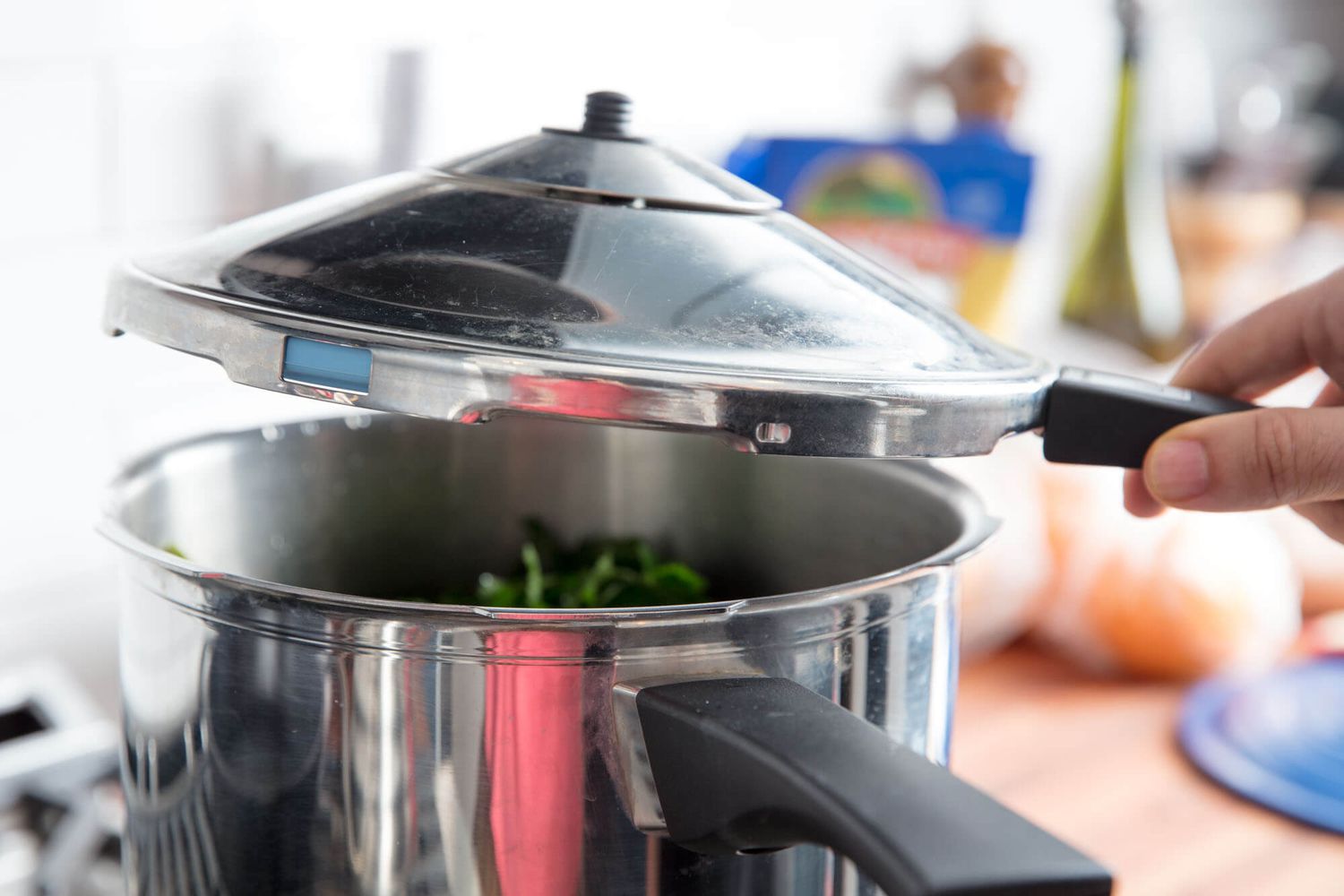
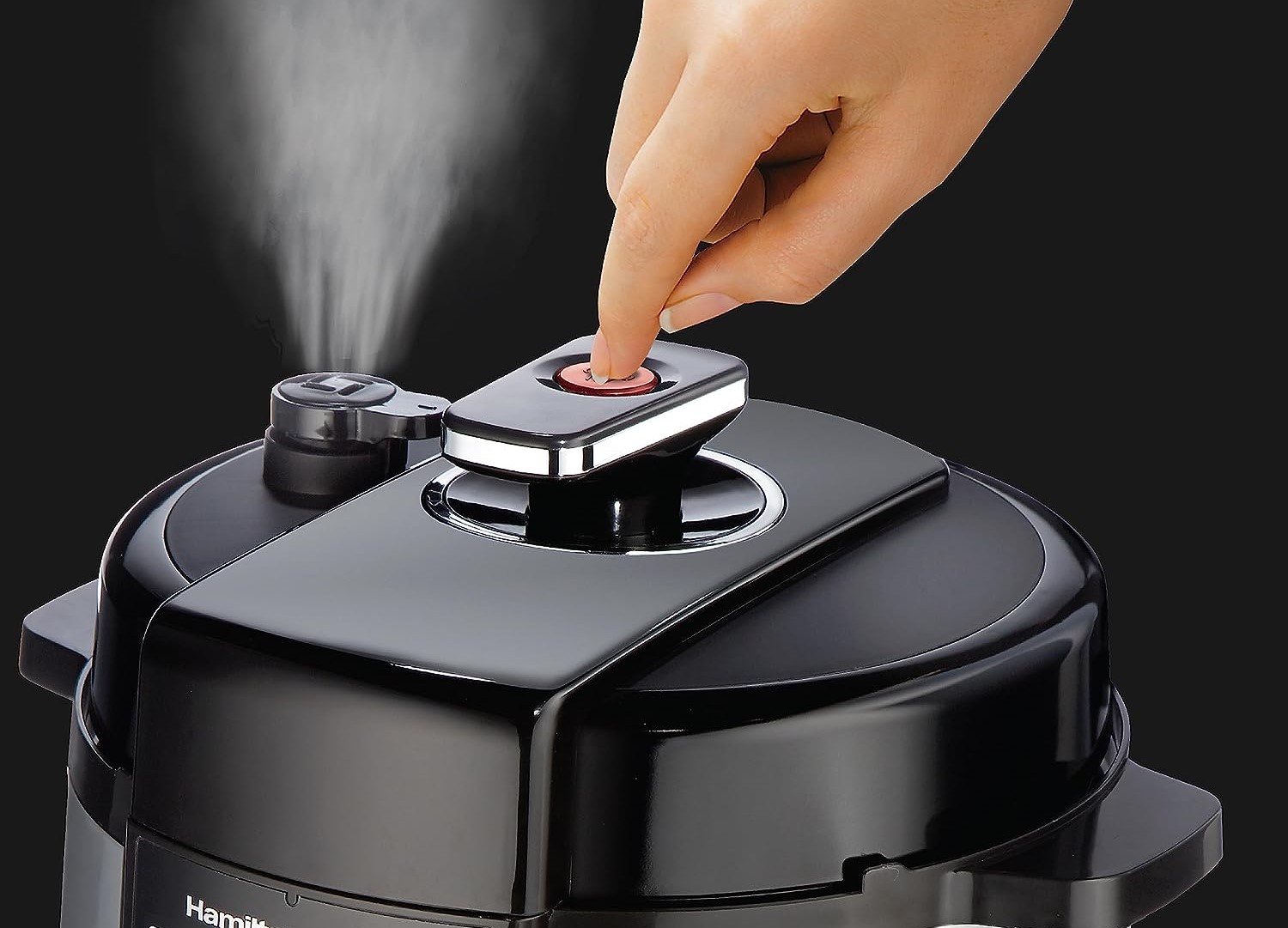
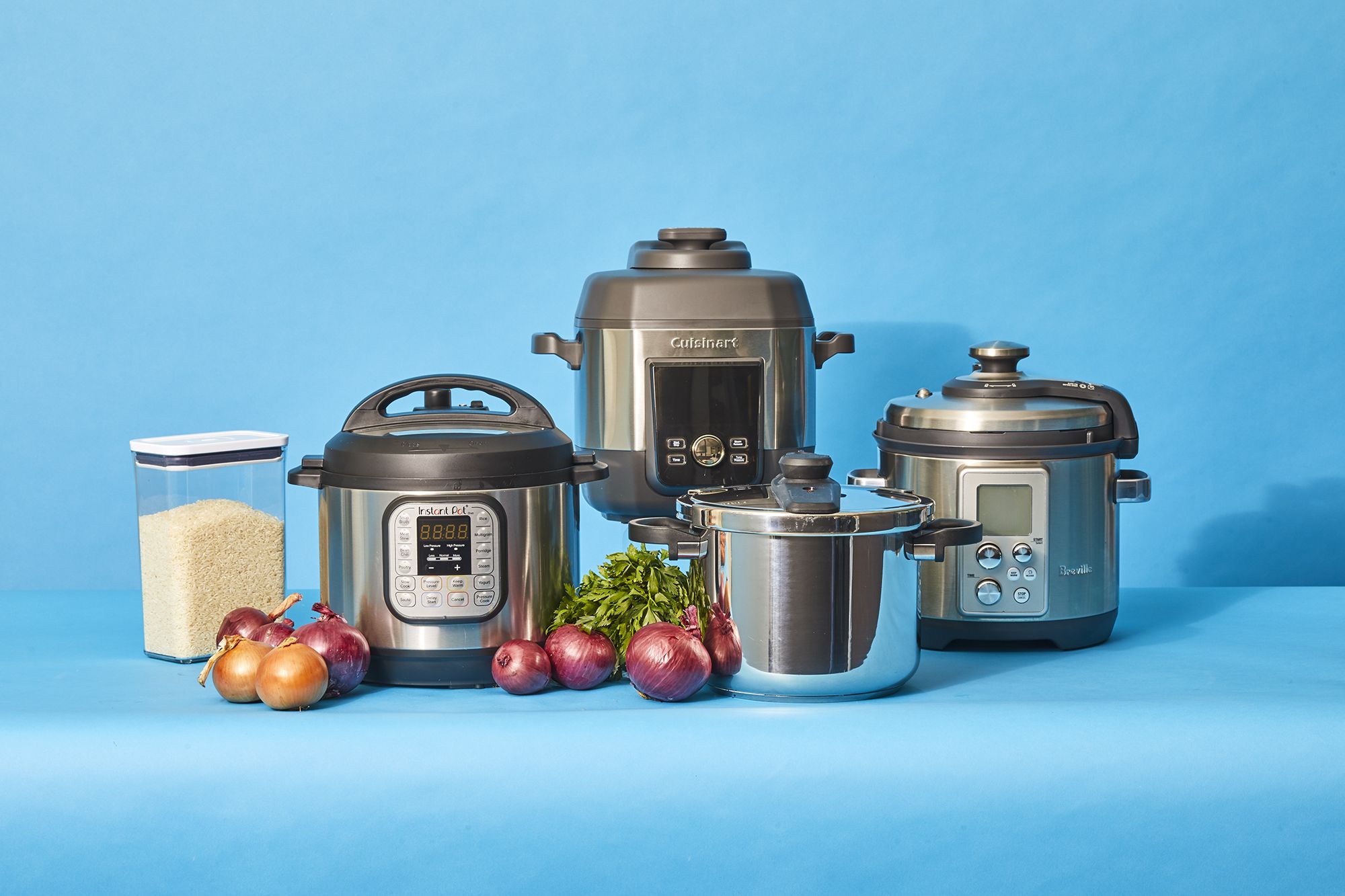
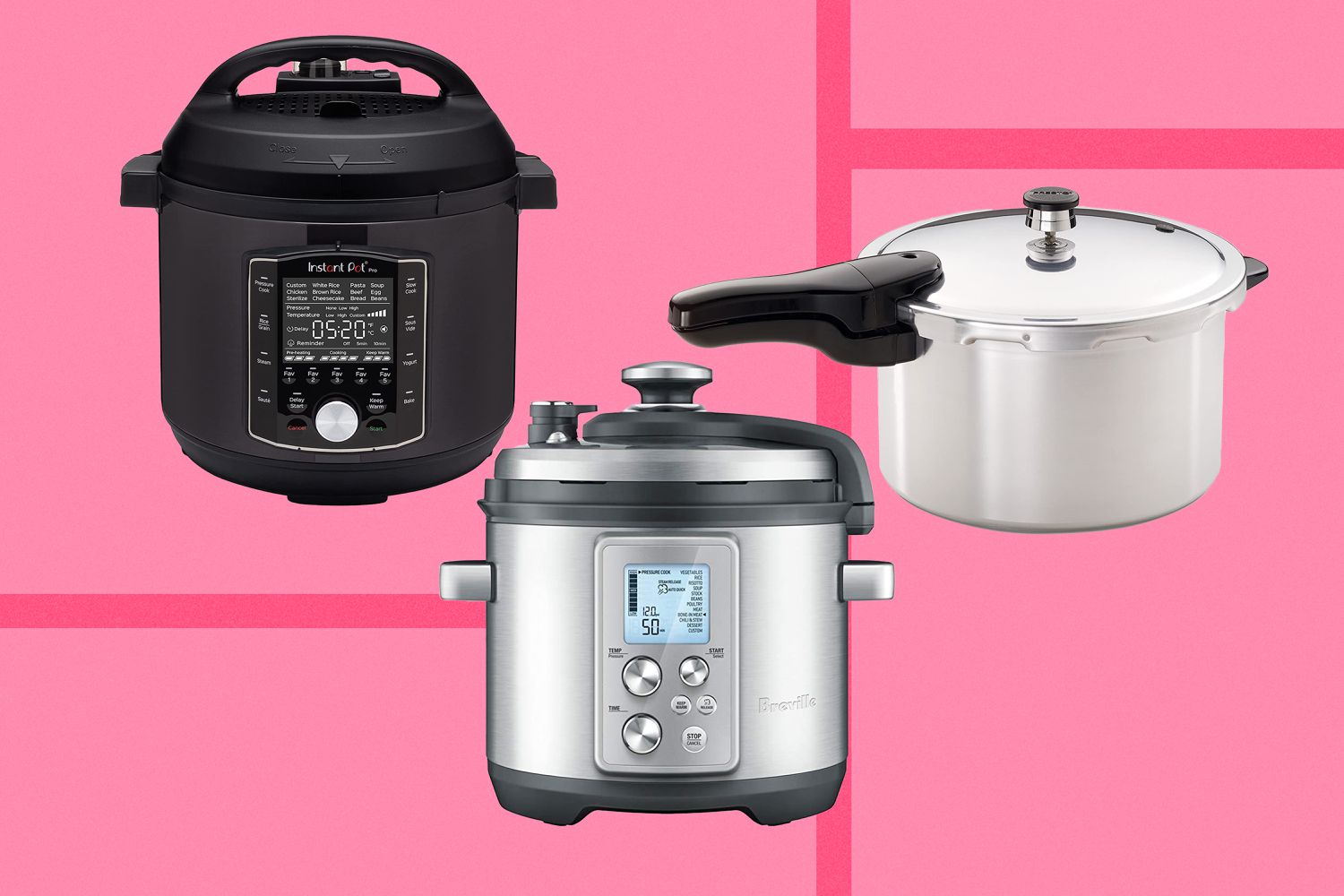
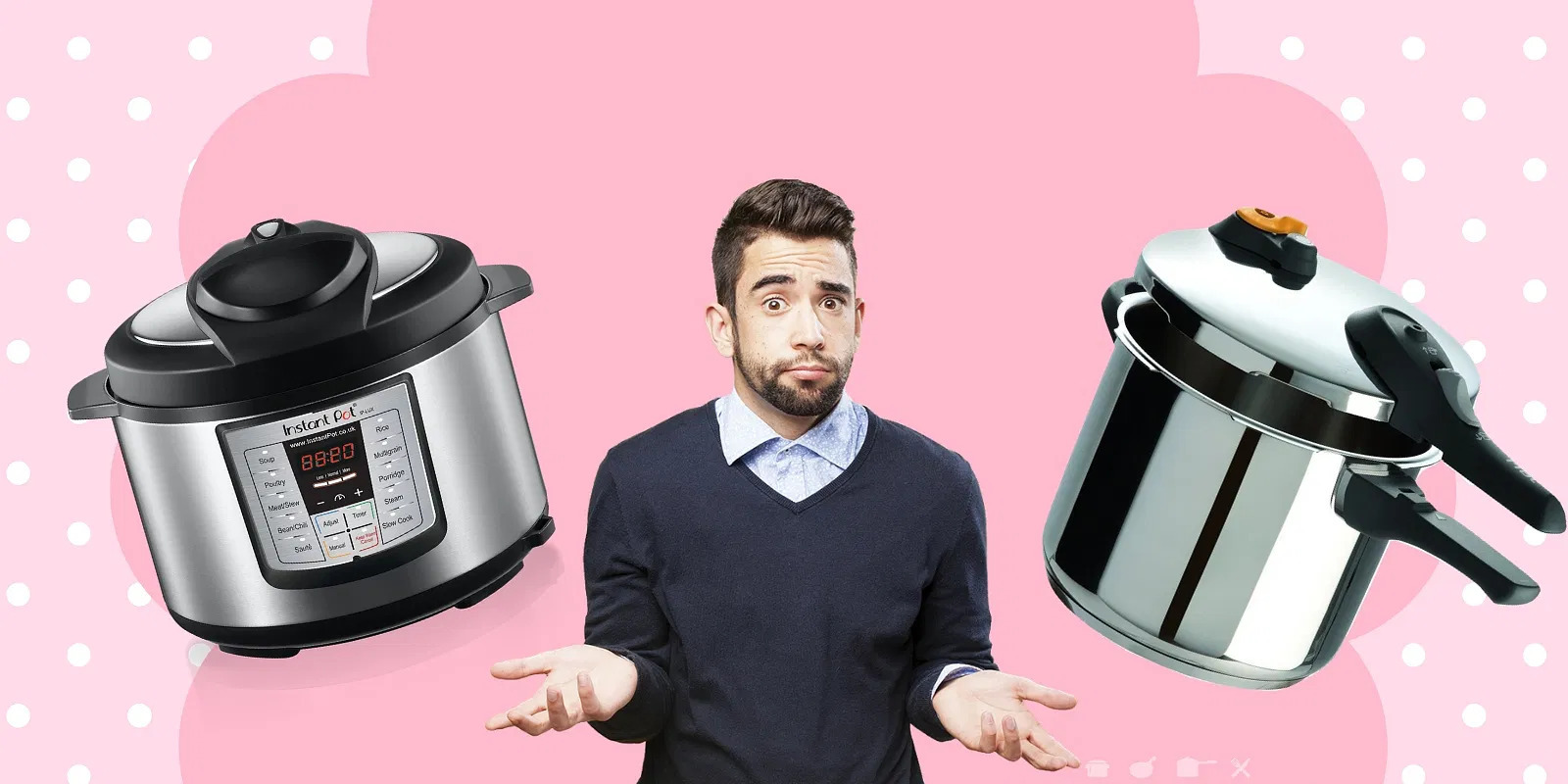
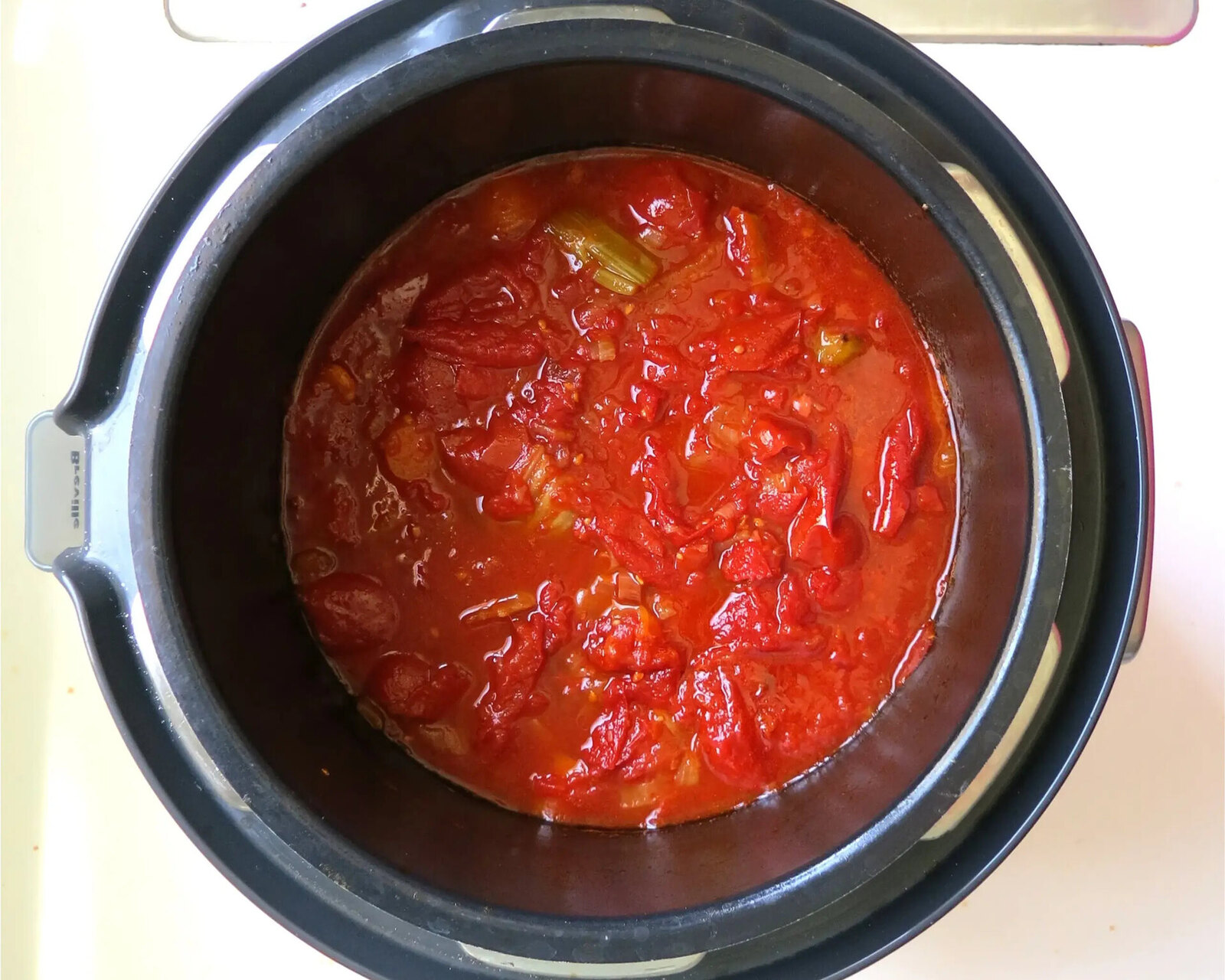
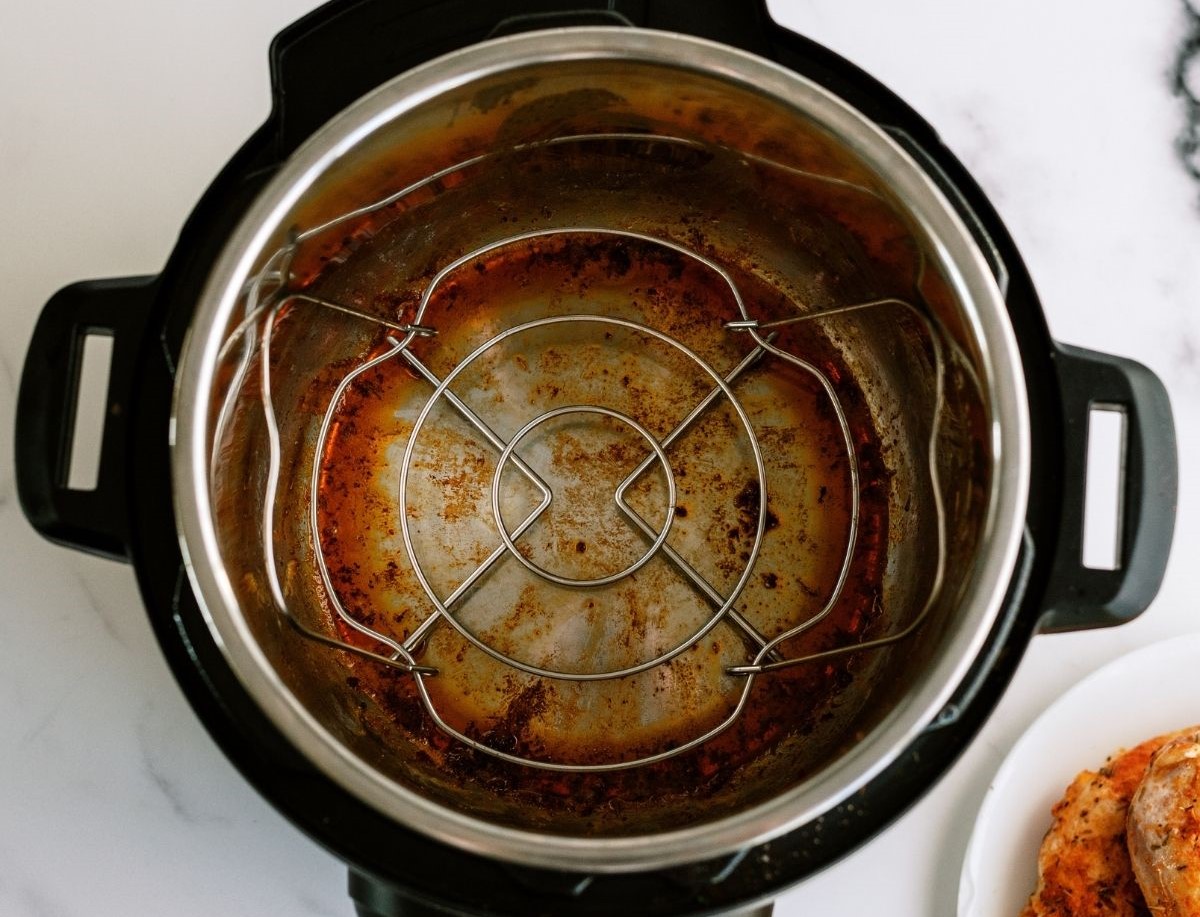
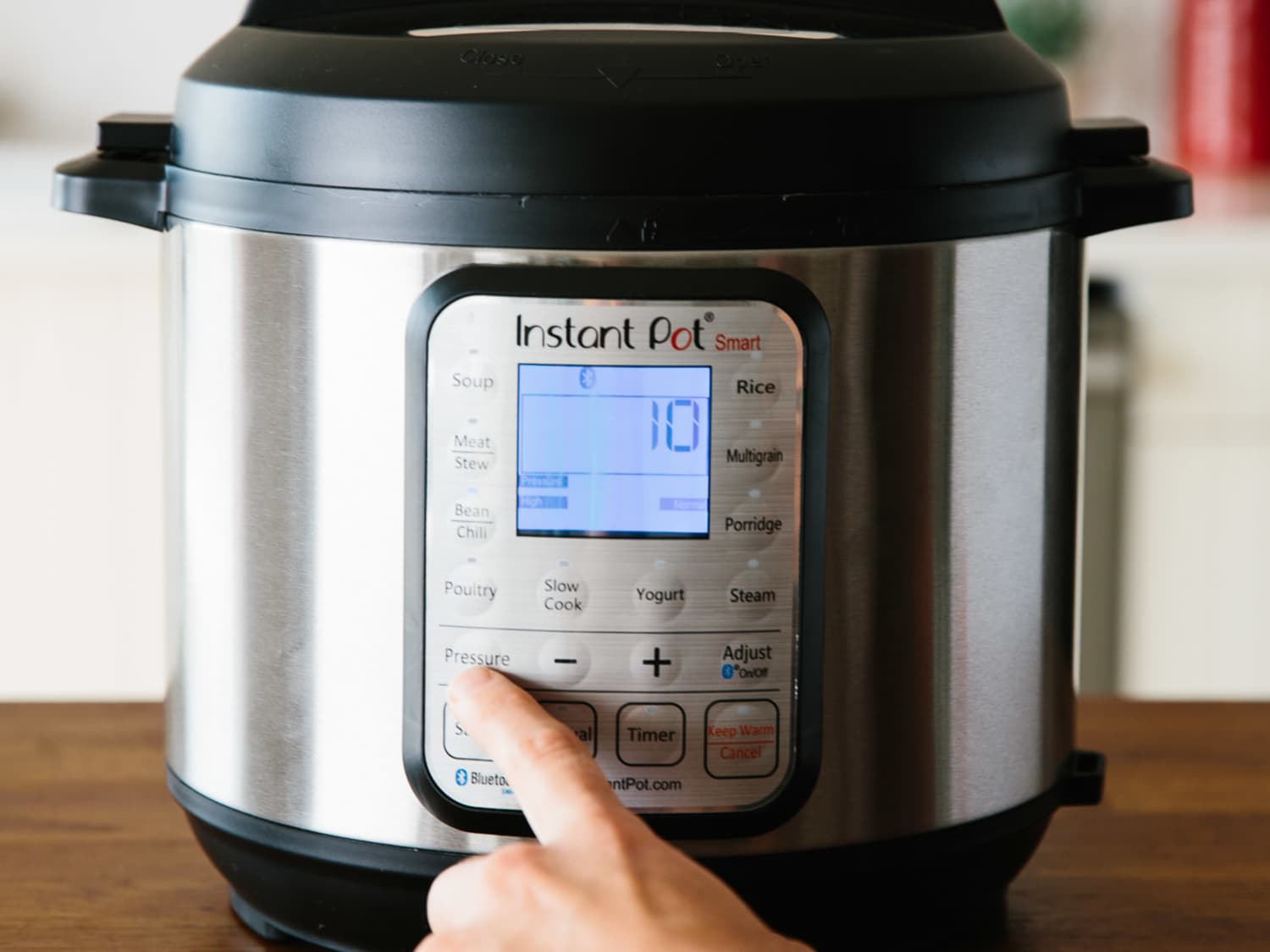
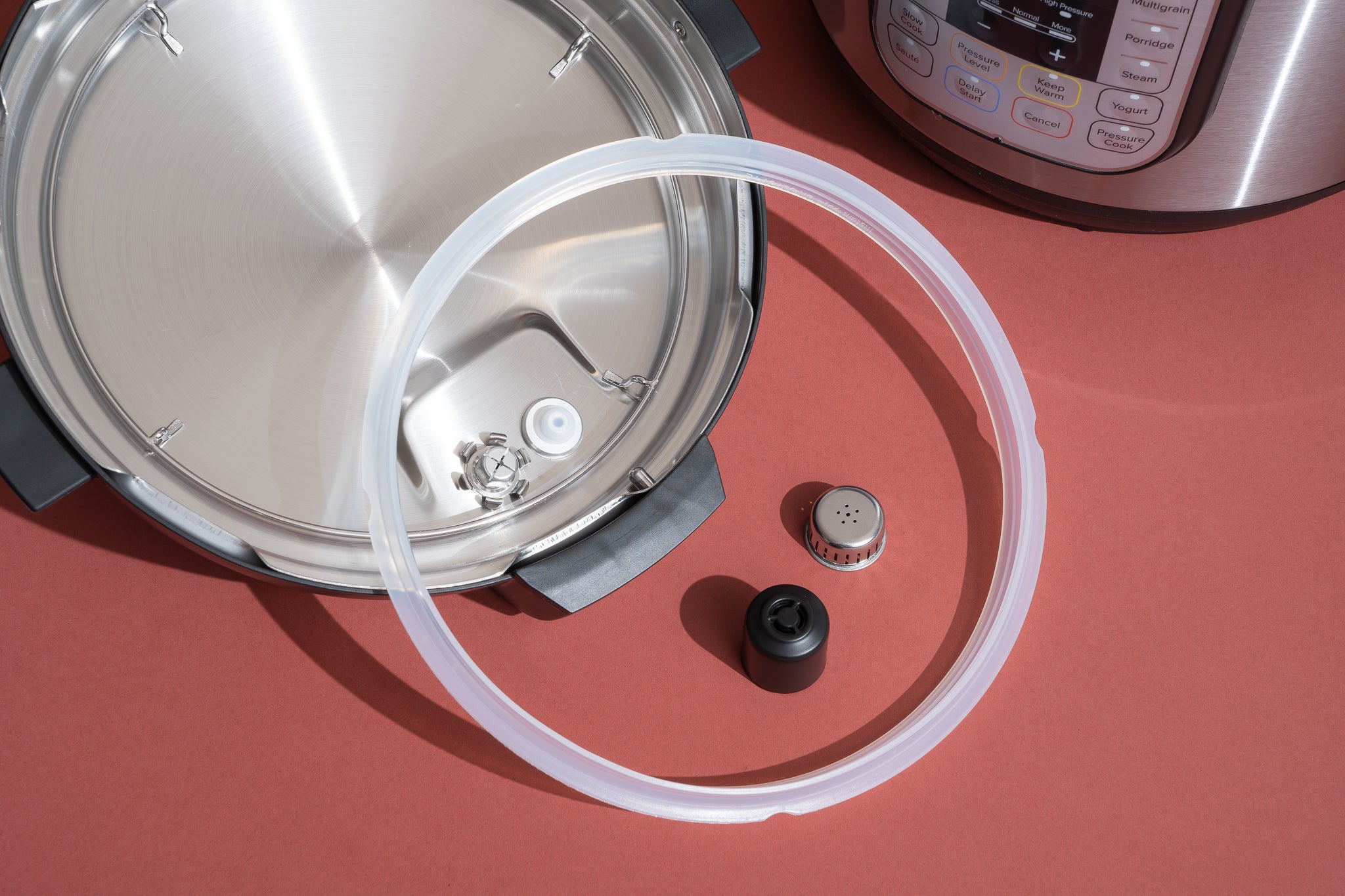
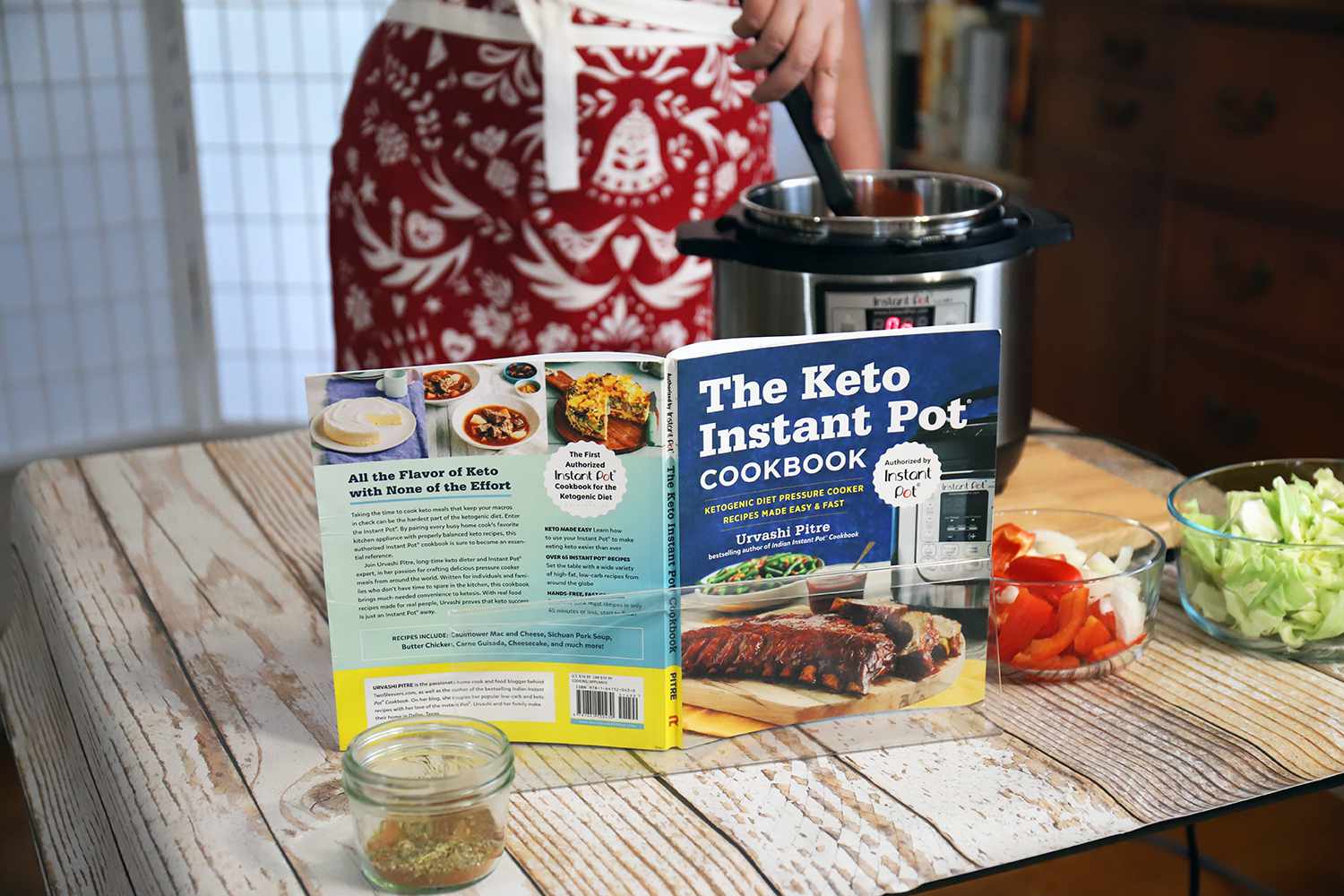


0 thoughts on “How To Cook Spaghetti In My Electric Pressure Cooker”